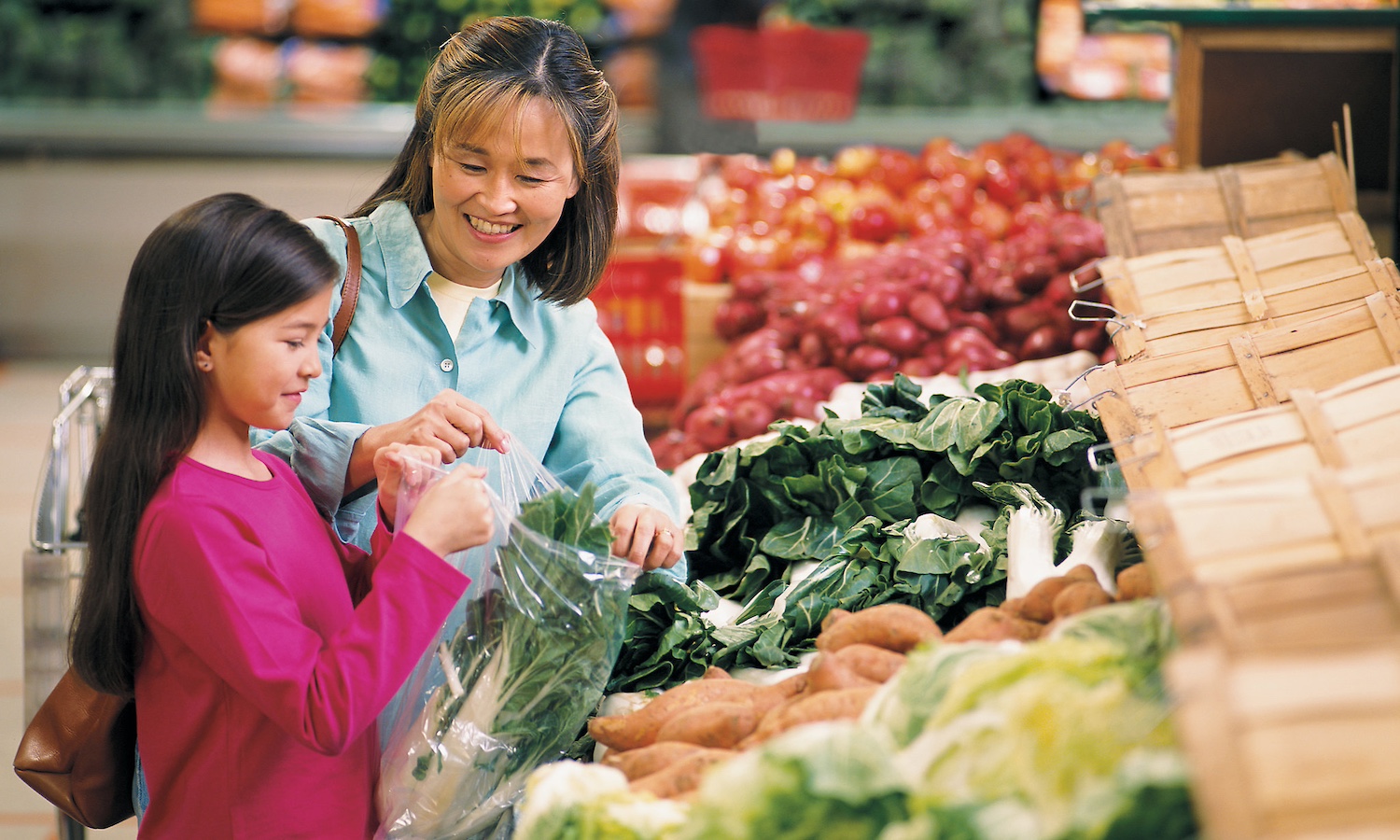A version of this piece was featured in Food Tank’s newsletter, released weekly on Thursdays. To make sure it lands straight in your inbox and to be among the first to receive it, subscribe now by clicking here.
Around the world, 1 in every 5 children are malnourished.
Read that again: 1 out of every 5 kids.
In the U.S., about 13 million children live in food insecure households, according to the U.S. Department of Agriculture. Many of these kids live in households where parents work multiple jobs to try to make ends meet—another reminder of how central economic justice and fair wages are toward addressing hunger.
For many of these children, school meals provide nourishment they’re not able to get at home. For some kids, school lunch might be the only meal they eat in a day.
It’s no question that universal school meals are a human right—and we’re seeing good progress toward making sure no child goes hungry at school. So far, nearly a dozen U.S. states have adopted programs to feed students at no charge, and you can track progress in your state via the Food Research & Action Center. Countries around the world are leading the way, too: Just take Brazil, where the national universal school feeding program—one of the world’s largest—is enshrined in the country’s constitution and is a cornerstone of efforts to reverse worsening hunger caused by COVID-19.
But what happens during school breaks? When the school year ends? There’s a reason the organization No Kid Hungry says summer is “the hungriest time of the year.”
Fortunately, around the world, advocates and policymakers are working to make sure that kids get the healthy meals they need to thrive, even when school is not in session.
Let’s highlight some of the many global initiatives that are keeping kids fed all year long.
In the United States, 2024 is the first year of the SUN Bucks program, which provides families with school-aged kids a grocery benefit of US$120 per child. This program, also called Summer-EBT, means families can receive these benefits in addition to other relief programs like the Supplemental Nutrition Assistance Program (SNAP) and the Special Supplemental Nutrition Program for Women, Infants and Children (WIC).
The SUN Bucks program is available in most states, but some have chosen not to participate. By turning down this funding, policymakers in states like Texas, Iowa, Georgia, and Florida are blocking children from receiving the nourishment they need. This is an issue that should be non-partisan. Every kid deserves to eat.
“This should not be a red or blue issue. Feeding kids in the summer is just a no-brainer,” says Kelliann Blazek, Special Assistant to the President for Agriculture and Rural Policy.
(You can check out a map of participating states, territories, and Tribal nations HERE.)
In Canada, a program called After the Bell works to address childhood hunger across the country during the summer. Food packs are designed by dietitians, so the contents are healthful! Another organization, Food4Kids, runs the Summers Without Hunger program to help feed kids in the province of Ontario, too.
In India, the Akshaya Patra Foundation’s Mid-Day Meal Programme has transformed the nutritional quality of lunches for millions of schoolchildren, and their work also extends to providing nutrient-dense and sustainable summer food relief.
In the U.K., the charitable organization FareShare helps fills the gap in school feeding by distributing food to holiday/summer meal providers throughout the U.K.
In Costa Rica, the Dirección Nacional de CEN-CINAI is a government-funded network that, among other nutrition and child development services, helps deliver meals and grocery packages to families during out-of-school periods.
In Kenya, the government recently partnered with the organization Food4Education to launch the strongest school feeding program in Africa. Other non-profits like Light Up Hope have also stepped in to fill gaps during school holidays.
And food banks in places like Mexico, Brazil, Hong Kong, and other countries are stepping up efforts during school breaks to connect children with nutritious food, according to the Global FoodBanking Network.
It’s no surprise that these programs are incredibly effective—and they literally save lives. In the U.S. alone, the SUN Bucks Summer EBT program is expected to serve about 21.3 million children this year.
We need to make our voices heard so policymakers and leaders know that it’s a priority for kids to receive nourishing, accessible meals both during school AND when school isn’t in session.
At our All Things Food Summit at SXSW this year, Kelliann Blazek from the White House told us about how Governor Jim Pillen of Nebraska was initially planning to opt out of Summer EBT benefits—but ultimately changed his mind and accepted them due to local advocacy efforts.
Thanks to those citizen eaters, fewer children are going hungry this summer!
I loved hearing this story because it proves our voices matter. One phone call, one email, or one question at a town hall event can truly help push the food system forward and build a more nourished future.
And organizations like Food Tank are here to help elevate those local, on-the-ground efforts in every way we can. Email me at danielle@foodtank.com, and let’s chat about the state of school food and summer feeding programs in your community. How can we make them stronger? How can we mobilize our neighbors to make sure no kid spends the summer hungry?
Articles like the one you just read are made possible through the generosity of Food Tank members. Can we please count on you to be part of our growing movement? Become a member today by clicking here.
Photo courtesy of the U.S. Department of Agriculture















